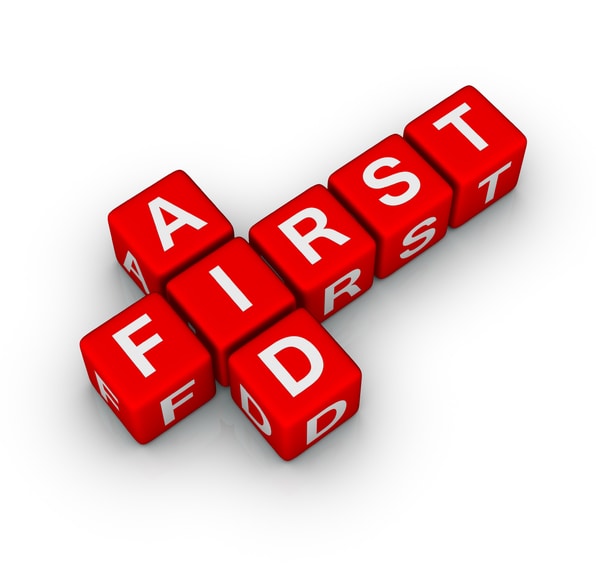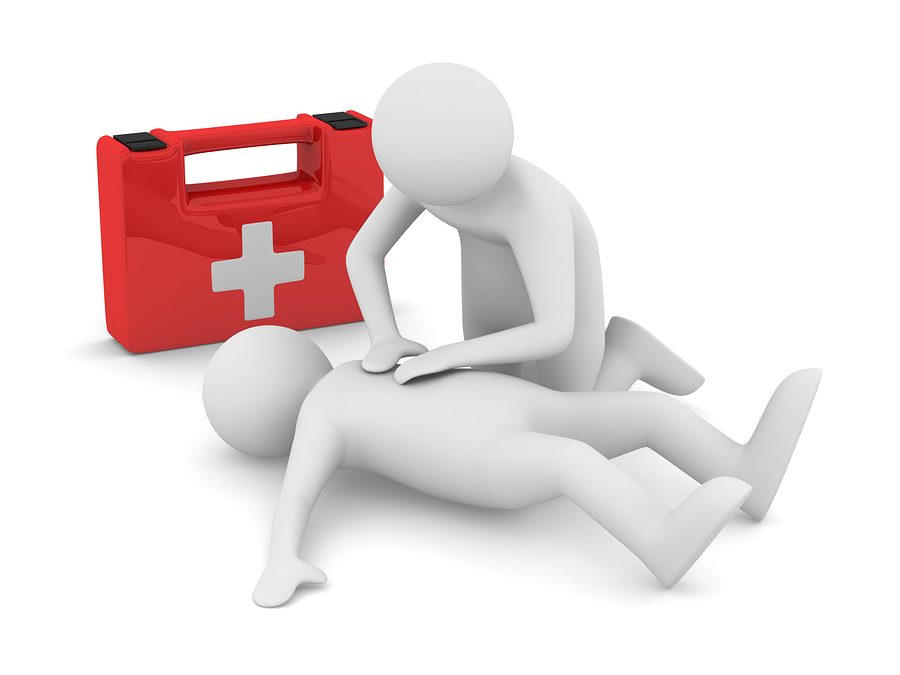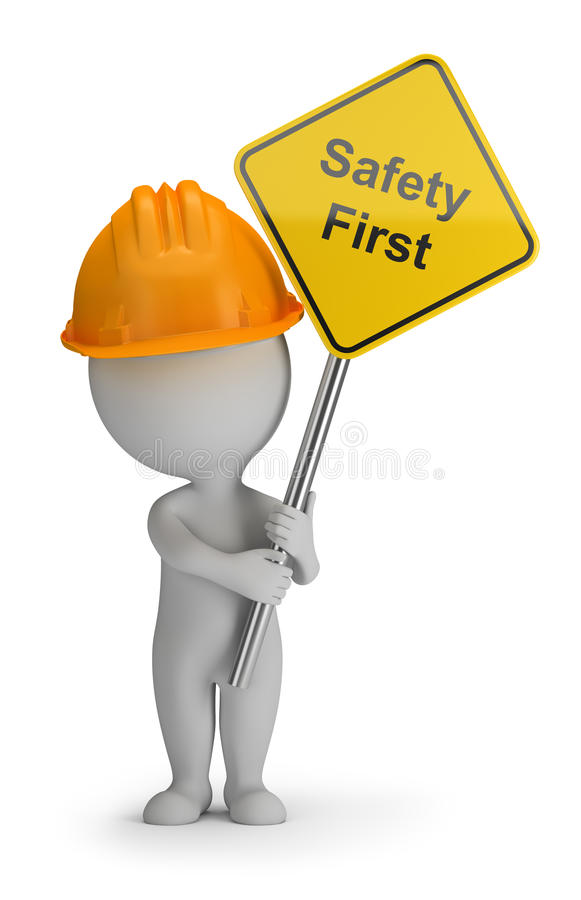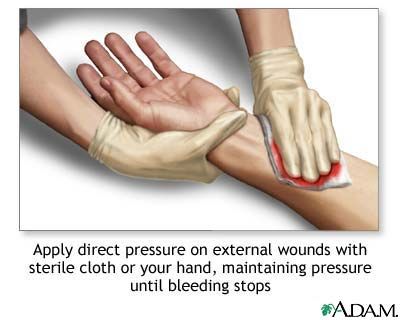Back to: PHYSICAL HEALTH EDUCATION JSS 2
Welcome to Class !!
We are eager to have you join us !!
In today’s Physical Health Education class, We will be discussing First Aid and Safety Education. We hope you enjoy the class!

FIRST AID AND SAFETY EDUCATION
First Aid and its Importance
First Aid is the immediate, temporary care given to a patient or victim of an accident before the services of a physician could be obtained. It is applied to prevent further injury, reduce pain experienced by the patient, and shock from the injury.
We cannot predict that accident and injuries can occur anywhere anytime. In case an accident occurs in front of you, do not stand and stare nervously at the victim. Instead of that, we need to help by providing first aid.
The first aider must know whether a person is dead or alive. If a victim is alive and you don’t have proper knowledge, contact a doctor for basic instructions.
Objectives of First Aid
Some objectives of first aid are:
- The main objective of first aid is to save the victim’s life.
- It helps to control the bleeding.
- The knowledge of first aid helps to treat minor injuries like cuts, bites, burns, etc.
- It aims to take victims to the hospital in time.
Characteristics of a Good First Aider
- Observant i.e. he should notice all signs.
- He must be resourceful i.e. make use of things at hand.
- Gentle i.e. should not cause pain.
- He must be tactful i.e. should not alarm the victim.
- Sympathetic i.e. he should be comforting.

Standard Procedure in Giving First Aid
- Do not move the victim from the position you find him/her unless the situation is critical and may cause further injuries.
- Check breathing. In the case of stoppage or difficulty in breathing,
- Clear the mouth and throat from anything causing an obstruction.
- Apply artificial respiration if necessary.
- Check the pulse. If there is no heartbeat, apply CPR.
- Check for bleeding.
- If the patient is unconscious but breathing normally,
- Turn the patient to his/her side with the head lower than the body if there is a back or neck wound.
- Clear the mouth and throat from obstruction.
- Do not give anything to drink
- Cover wounds with a clean cloth, bandage, or dressing.
- Put a splint on the fractured or dislocated bone.
- Call for a doctor or take to the nearest hospital.

Safety Education
Safety Education is the recognition and avoidance of hazards causing disability or death in modern living. They are important guidelines, rules and precautions which help to avoid the probable accident.

Some safety measures are:
- We should always walk from the footpath. If there is no footpath, then walk from the left edge of the road.
- While crossing a road, always walk from a zebra crossing.
- Dangerous objects should be kept far from children where they cannot reach easily e.g. medicines, sharp tools, etc.
- We should not play on the road.
- Children should be kept far away from electric devices. They should only be operated with dry hands.
- We should play in open places or playground, but it must be free from glass pieces, stones, broken bottles, iron, metals, etc.
Accident
An accident is defined as an unplanned or unexpected event of events in a sequence of events that results in property damage, injury, or death. An accident may be caused not only by our carelessness but by others carelessness also.
Injury
It is physical harm or damage to someone’s body caused by an accident or an attack. Sports injuries occur during exercise or while participating in a sport. Children are particularly at risk for these types of injuries, but adults can get them, too.

You’re at risk for sports injuries if you:
- haven’t been regularly active
- don’t warm up properly before exercise
- play contact sports
Types of sports injuries
Different sports injuries produce different symptoms and complications. The most common types of sports injuries include:
- Sprains: Overstretching or tearing the ligaments results in a sprain. Ligaments are pieces of tissue that connect two bones to one another in a joint.
- Strains: Overstretching or tearing muscles or tendons results in a sprain. Tendons are thick, fibrous cords of tissue that connect bone to muscle. Strains are commonly mistaken for sprains. Here’s how to tell them apart.
- Knee injuries: Any injury that interferes with how the knee joint moves could be a sports injury. It could range from an overstretch to a tear in the muscles or tissues in the knee.
- Swollen muscles: Swelling is a natural reaction to an injury. Swollen muscles may also be painful and weak.
- Achilles tendon rupture: The Achilles tendon is a thin, powerful tendon at the back of your ankle. During sports, this tendon can break or rupture. When it does, you may experience sudden, severe pain and difficulty walking.
- Fractures: Bone fractures are also known as broken bones.
- Dislocations: Sports injuries may dislocate a bone in your body. When that happens, a bone is forced out of its socket. This can be painful and lead to swelling and weakness.
We have come to the end of this class. We do hope you enjoyed the class?
Should you have any further question, feel free to ask in the comment section below and trust us to respond as soon as possible.
In our next class, we will be talking about First Aid Treatment. We are very much eager to meet you there.
